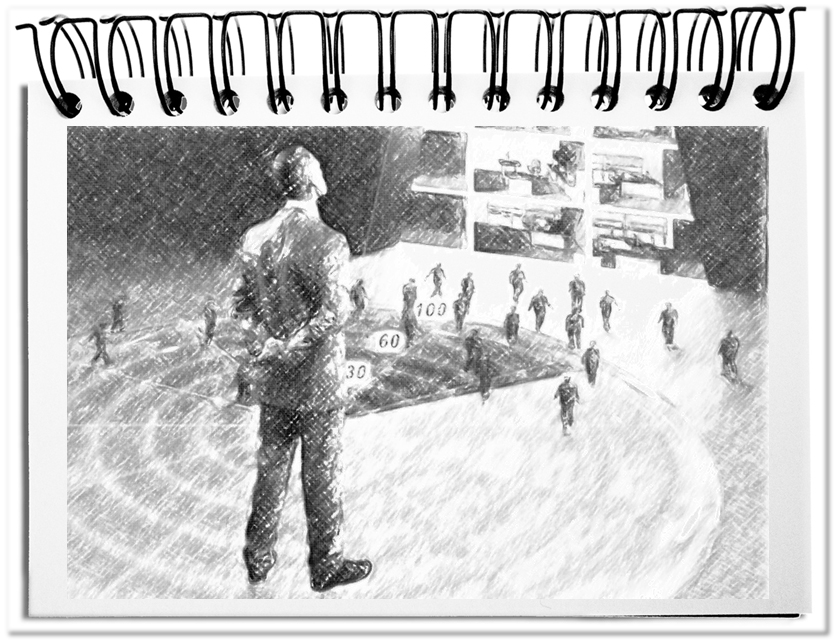Persönliche Veränderungen ergeben sich aus der Suche nach neuen Herausforderungen, der Flucht vor unerwünschten Aufgaben oder einfach aufgrund von organisatorischem Wandel. Alle sind davon betroffen. Menschen, die die Verantwortung für ein Team, für eine neue Abteilung oder für ein neues Unternehmen übernehmen, fragen sich dabei immer wieder, wie sie die neue Aufgabe angehen sollen – vor allem in den ersten 100 Tagen.
Mit Abstand am wichtigsten ist es, den Drang sofort loslegen zu wollen zu unterdrücken. Auf der einen Seite fehlt vor Beginn, auch bei bester Vorbereitung, der Überblick über den neuen Bereich. Auf der anderen Seite erwarten die Mitarbeiter, Partner und sonstigen Stakeholder, dass sich die neue Führungskraft erst einmal vorstellt und sich die Sachlage erklären lässt. Blinder Aktionismus führt zu keinen nachhaltigen Ergebnissen. Es verhindert die Chance sich in die neue Aufgabe einzuarbeiten und weckt sogar Widerstände. Es ist ein Fehler anzunehmen, dass diese Zeit verschwendet ist. Im Gegenteil. In den ersten drei Monaten kann dieses Radar Einblicke verschaffen, die langfristig bei der Bewältigung der neuen Aufgabe helfen. Die folgenden Aktivitäten erfordern die volle Aufmerksamkeit.
1) Die Erwartungen der Interessensgruppen ermitteln
Die internen und externen Stakeholder beeinflussen die neuen Aufgaben. Am besten erstellt man eine Liste der Stakeholder, um sicherzustellen, dass niemand vergessen wird. In persönlichen Gesprächen werden dann die Erwartungen besprochen. Dadurch entsteht frühzeitig eine Beziehung, die in den folgenden Monaten für beide Seiten von Vorteil ist.
2) Das Geschäftsmodell beschreiben
Jedes Team, jede Abteilung und jedes Unternehmen haben ein Geschäftsmodell (inklusive dem Leistungskonzept, dem Ertragsmodell, dem Wertschöpfungsprozess, dem Netzwerk der beteiligten Personen und Organisationen, den Ressourcen, sowie der Kommunikation und der Koordination). Die ersten 100 Tage werden vielleicht die letzte Gelegenheit sein, das Geschäftsmodell zu durchdenken.
3) Die Kommunikation planen
Die Strukturierung der Abstimmung und des Austauschs von Information, intern und extern, hat großen Einfluss auf die Ergebnisse der folgenden Monate. Hierbei sollten entsprechende Maßnahmen geplant werden (d.h. was, mit wem, wie, in welchem Rhythmus kommuniziert wird), die alle Kanäle abdecken – Publikationen, Events und regelmäßige Sitzungen mit Vorgesetzten, Mitarbeitern und Partnern.
Die Grundlage zur Bewältigung der neuen Aufgabe im Laufe der folgenden Monate und Jahre wird so innerhalb der ersten 100 Tage geschaffen.
Unterstützung für die ersten 100 Tage finden Sie hier: First100.

